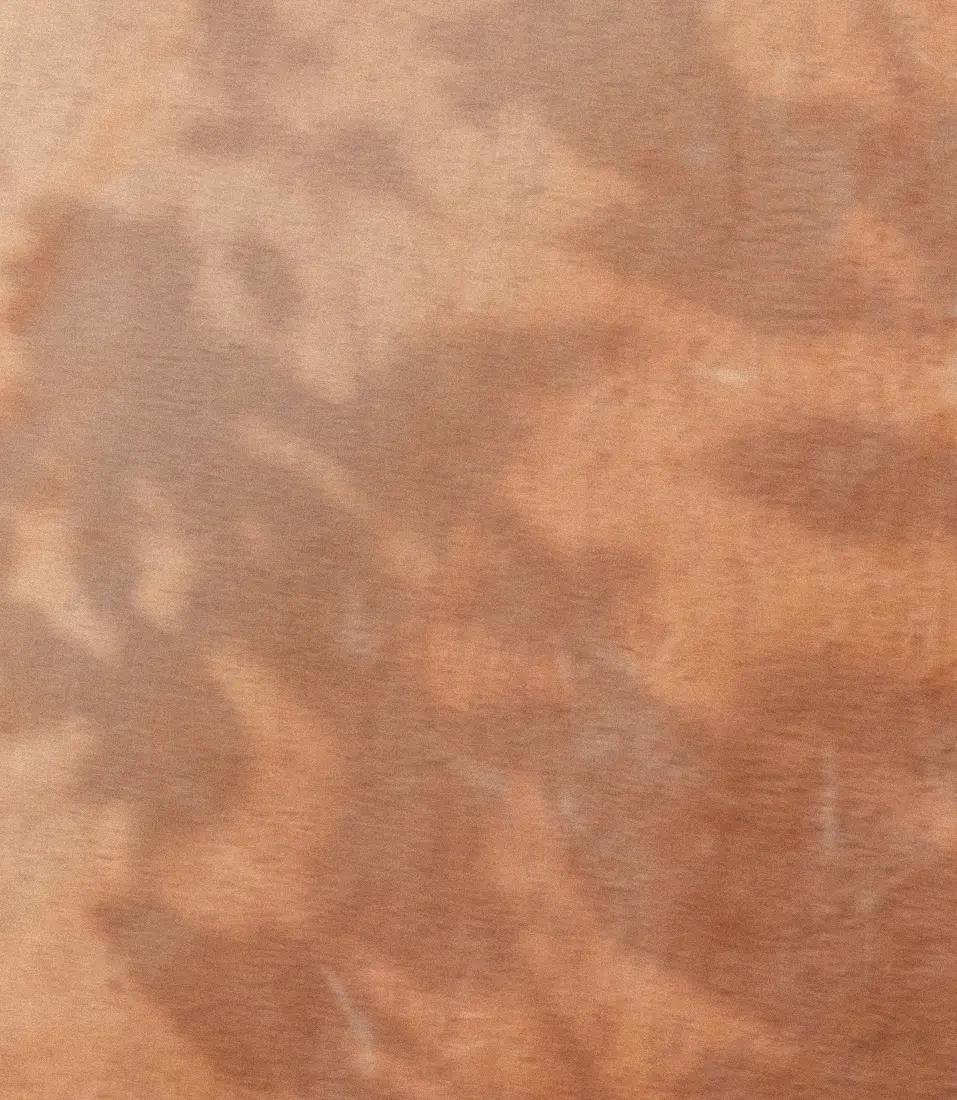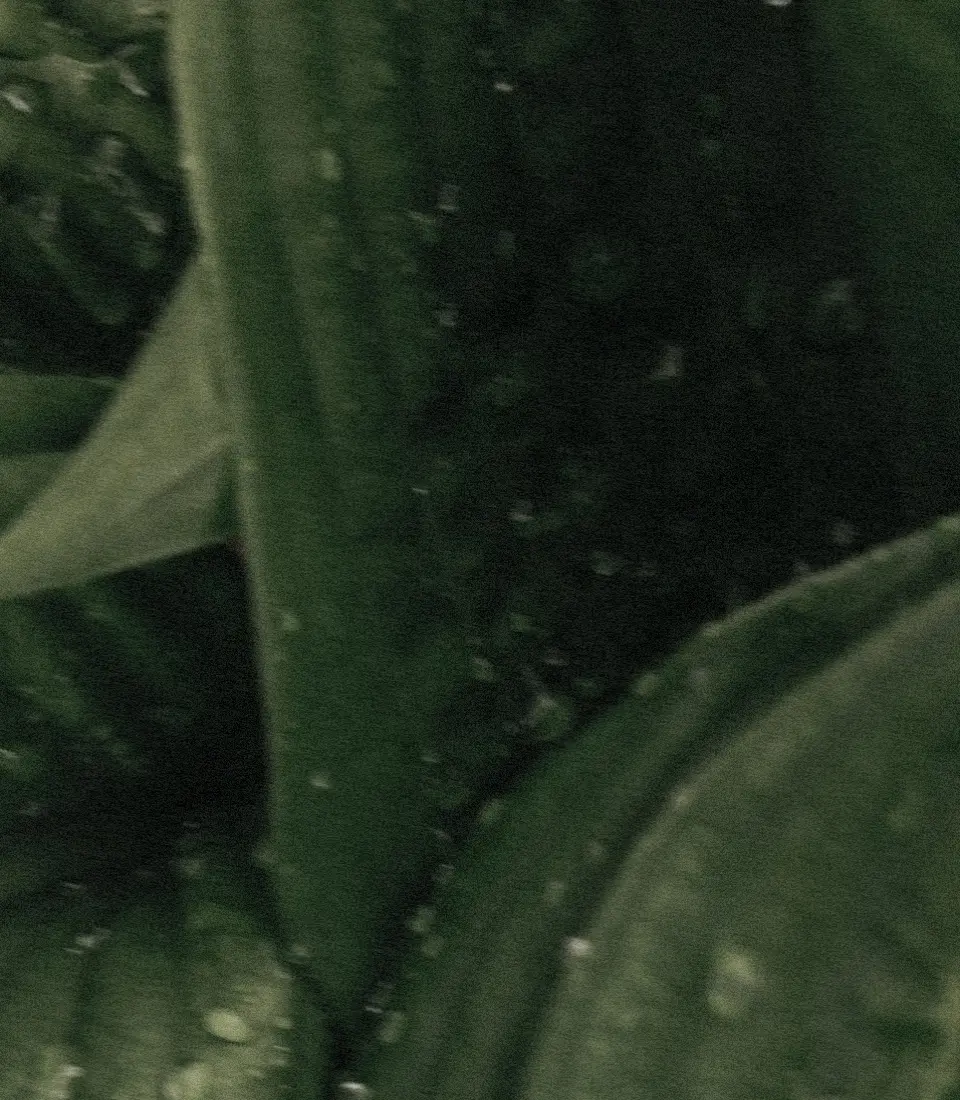

We offer innovative skincare products
made
with
high-quality ingredients to
support your self-care
journey.
Beauty is for everyone.


The best of nature and science combined
to create
premium clean Korean skincare.
We care for the planet, and for you.
Beauty is for everyone.